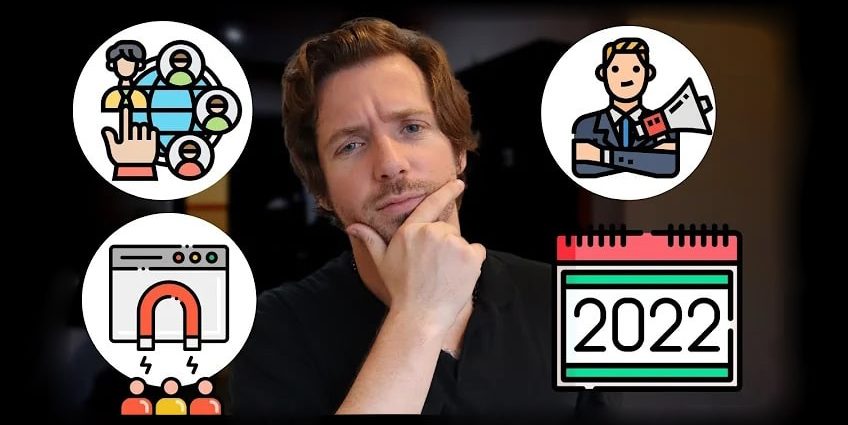People need to be aware of your company before they would spend money with you. On the other hand, a transaction can’t be made unless a customer expresses interest.
Lead generation is the process of finding new customers and gauging their interest in your business by contacting them. It’s a crucial part of the sales process since it helps you focus on the customers who are most likely to buy your products and services.
However, what precisely does it entail to generate leads?
From developing a strategy to making the final sales pitch, this writeup will cover it all.
Beginning the Process of Generating Leads
Generating leads is a lot like fishing: difficult. Waiting it out and trying several tactics might be necessary before you finally succeed. 61 percent of marketers say that finding new customers is their biggest difficulty.
On the other hand, the following are the typical components of successful lead generation campaigns:
- Set Some Objectives
- Conceive of a Plan
- Spread the Word About the Material
- Grow Potential New Customers
Let’s break this down and examine it piece by piece.
1. Clearly State Your Objectives
The first step in every successful marketing effort is to define success. Without a specific goal in mind, it’s tough to gauge progress. As a result, it’s hard to know which tactics are worthwhile and which should be scrapped.
A good target for lead creation should be quantifiable, stretch yet doable. It may have to do with the proportion of site visitors who become leads, the overall number of leads produced, or the money that results from all of these activities. What occurs in the second step is determined on the objective(s) you choose.
2. Develop a Strategy and a Plan
A detailed plan is not necessary for successful lead generating. But there are many factors to think about before finalizing a strategy.
Customer Persona – Knowing who you’re trying to reach can help you have more success in doing so. Making use of buyer personas may aid in strategy development by providing a concrete representation of your ideal customer profile.
Selection of Channels – We will go through the many methods of attracting customers, each of which has its own advantages and disadvantages. If you don’t have infinite funds, it’s best to narrow your attention to only two or three channels instead of spreading it too thin.
Lead magnets – They are products or services that are given away for free or at a steep discount in order to bring in new customers. It’s important to consider both your buyer personas and the channels you’ll be using when making your magnet selection.
Follow Up Action – Typically, you would request contact information in return for your lead magnet. A plan of action for contacting the leads and determining which ones have the most promise is essential.
When you have fully developed your plan for generating leads, it is time to put it into action.
3. Publication and Advertising
How you promote your lead generation campaign is going to be determined by the channels you choose and the lead magnet you decide to use. If you choose the route of content or social media marketing, you’ll need to start writing blogs and posting updates. Online advertising requires customization, and targeted email marketing requires sending out specific messages to certain audiences.
Later in this article, we’ll have a deeper look at some of the most common types of online marketing tools. It is important to have a plan for content and advertising regardless of the path you choose. Think about the questions that your potential customers have, and tailor your content accordingly.
4. Effectively Taking Care of Prospective Customers (Nurturing Them)
If everything works out as planned, you should start receiving leads regularly. Fantastic job!
Getting a lead is only the first step in making a sale. Don’t abuse the privilege of having someone else’s contact information (email or phone number). To determine who is a suitable match for your product or service, you may need to qualify some of your leads after collecting their information using a lead magnet.
This may be done by direct communication, the introduction of more lead magnets, or even a survey. It’s going to depend on the kind of your company. You should begin making your pitch only once you have narrowed down your list of potential customers. Though personal contact is ideal, segmented email marketing may also be used to tailor a message to each individual consumer.
In our next article, we will explain in detail the Best Online Channels for Lead Generation and how you can use them to generate more leads and sales for your business. If you would like to outsource the lead generation process to us, Iscope marketing’s expert account executives will be glad to help you with your lead generation requirements. Get in touch with us and discuss your specific needs today!



